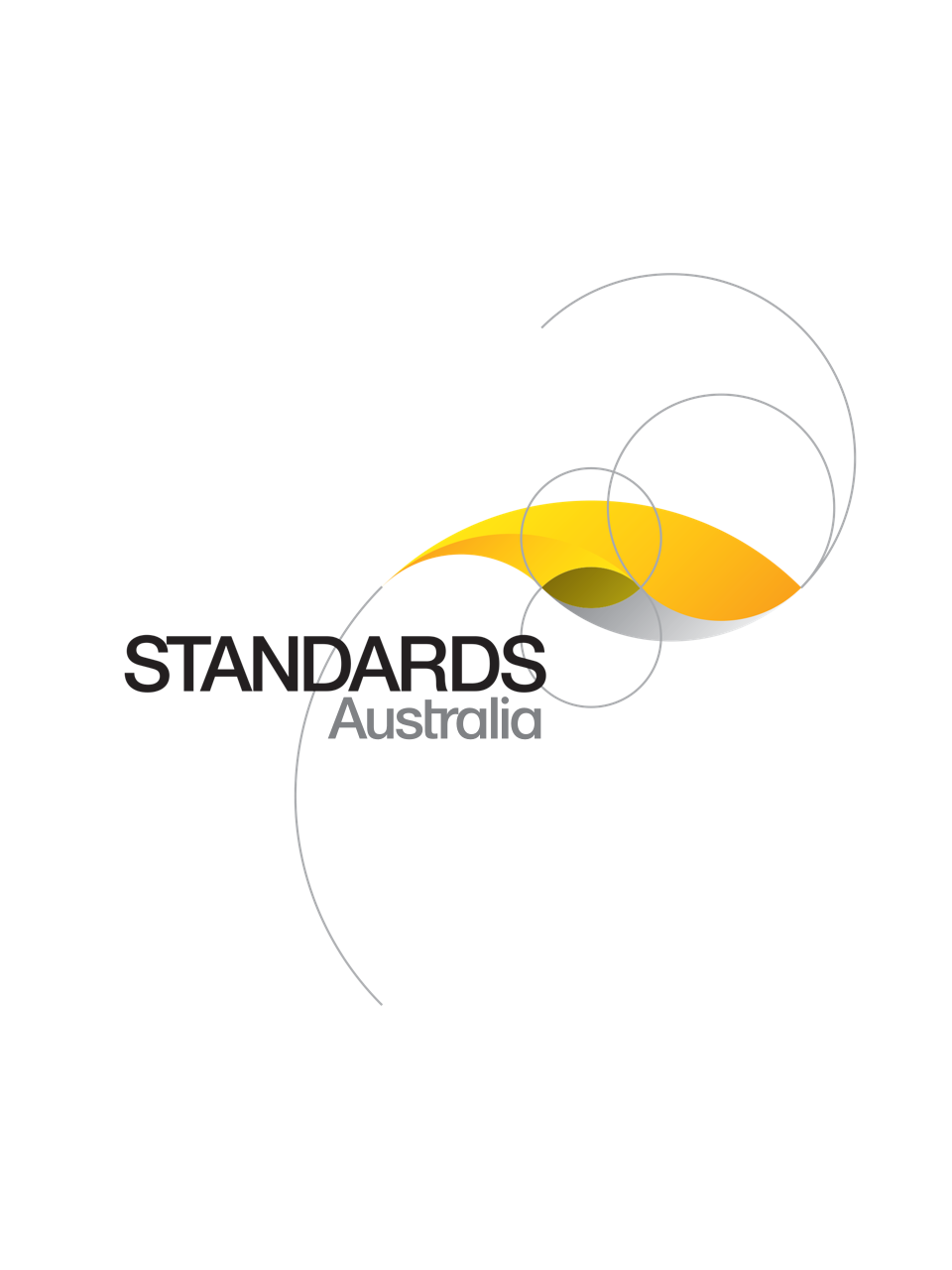Standard
Track updates
AS/NZS ISO 16975.3:2023
[Current]Respiratory protective devices - Selection, use and maintenance, Part 3: Fit-testing procedures
AS/NZS ISO 16975.3:2023 identically adopts ISO 16975.3:2017 which specifies guidance on how to conduct fit testing of tight-fitting respiratory protective device (RPD) and on appropriate methods to be used.
Published: 15/12/2023
Pages: 29
Table of contents
Cited references
Content history
Table of contents
Header
About this publication
Preface
Foreword
Introduction
1 Scope
2 Normative references
3 Terms and definitions
4 General
5 Competent fit-test operator
5.1 General
5.2 Qualifications
5.2.1 General
5.2.2 Knowledge of RPD used for the fit tested
5.2.3 Knowledge of the fit-test method
5.2.4 Ability to set up and monitor the function of fit-test equipment
5.2.5 Ability to conduct the fit test
5.2.6 Ability to identify likely causes of fit-test failure
6 General fit-test considerations
6.1 Medical clearance
6.2 Training for RPD wearers
6.3 Interference concerns
6.3.1 Facial hair
6.3.2 Foreign material
6.3.3 Personal protective equipment (PPE) and other items that may interfere with fit
6.3.4 Other conditions that can adversely affect fit
6.4 Frequency of fit testing
6.4.1
6.4.2
6.5 RPD used for fit testing
6.5.1 General
6.5.2 RPD used for QLFT
6.5.3 RPD used for QNFT
6.5.3.1 General
6.5.3.2 RPD temporarily modified with adapters
6.5.3.3 Permanently-probed surrogate RIs
6.5.4 Sampling for aerosol systems
6.5.5 Maintenance of equipment and RPD used for fit testing
6.6 Selecting RPD
6.6.1 General
6.6.2 Comfort-assessment period
6.6.3 Required fit factor
7 Fit-test records
8 Fit-testing procedures
8.1 General
8.2 Respiratory interface
8.3 Briefing the fit-test subject
8.4 Fit-test exercises
8.5 Qualitative fit testing (QLFT)
8.5.1 General
8.5.2 Aerosol qualitative fit tests
8.5.3 Taste-threshold-screening
8.5.3.1 General
8.5.3.2 Equipment
8.5.3.3 Taste-threshold screening procedure
8.5.4 Fit testing
8.5.4.1 General
8.5.4.2 Equipment
8.5.4.3 Fit-testing procedure
8.5.5 Vapour qualitative fit test with isoamyl acetate (banana oil)
8.5.5.1 General
8.5.5.2 Odour-threshold-screening
8.5.5.2.1 General
8.5.5.2.2 Equipment
8.5.5.2.3 Odour threshold-screening solution preparation
8.5.5.2.4 Odour-threshold screening procedure
8.5.6 IAA fit-testing procedure
8.5.6.1 General
8.5.6.2 Equipment
8.5.6.3 Conducting the IAA fit test
8.6 Quantitative fit testing (QNFT)
8.6.1 General
8.6.2 Generated aerosol quantitative fit-test procedure
8.6.2.1 Operating principles
8.6.2.2 Equipment
8.6.2.3 Equipment setup
8.6.2.4 Conducting the fit test
8.6.2.5 Interpretation of results
8.6.3 Ambient aerosol condensation nuclei-counting (CNC) instrument quantitative fit-test procedure
8.6.3.1 Operating principles
8.6.3.2 Equipment
8.6.3.3 Diagnostic checks
8.6.3.4 Prepare to fit test
8.6.3.5 Fit testing
8.6.3.6 Interpretation of results
8.6.4 Controlled negative-pressure (CNP) REDON quantitative fit-test procedure
8.6.4.1 Operating principle
8.6.4.2 Equipment
8.6.4.3 System calibration and operational checks
8.6.4.4 Prepare for fit testing
8.6.4.5 Fit testing
8.6.4.6 Interpretation of CNP test results
Annex A
Annex B
Annex C
C.1 General
C.2 Methods
C.2.1 ANSI Z88.10 method
C.2.2 Binary logistic regression analysis
Bibliography
Cited references in this standard
